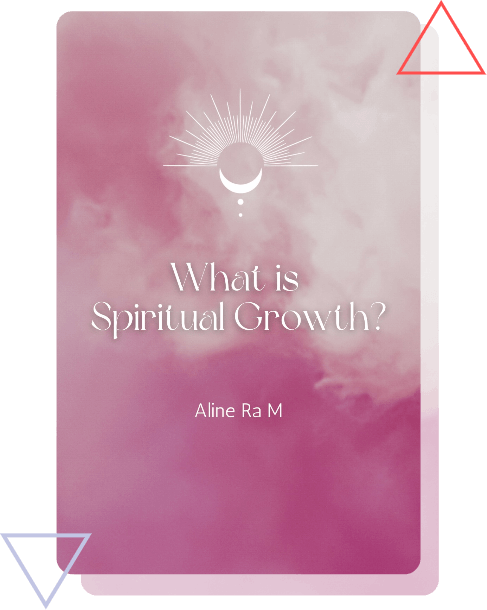In the hustle and bustle of our daily lives, it’s easy to become entangled in external demands and expectations, and, as a result, lose touch with ourselves. Without realizing it, we drown out the subtle whispers of our own hearts and deepest longings.
The remedy? Self-connection. Be with yourself: listen to yourself and take care of yourself.
But how?
In this post, I bring you two different practices that don’t involve counting calories but instead challenge our ways of living on autopilot.
Are you ready to create more time and space to release stress, confusion, and worries?
Practice 1: Embracing Phone Intermittent Fasting
Imagine a world where your mobile phone isn’t the last thing you interact with before closing your eyes and the first thing that greets you in the morning.
The Invitation: Consider putting your phone on airplane mode two hours before bedtime and allowing it to come alive only two hours after you wake up. These sacred hours create a gap, a respite from constant distractions and external pressures.
During this time, you have the space to reconnect with yourself, free from the relentless chatter of notifications. Wind down at your own pace after an intense day. Allow yourself to ground, be present, and do one thing at a time, with quality and peace (whatever that thing might be): enjoy your cup of tea, do house chores, read, journal, be with a loved one, play guitar, listen to music, meditate. Reflect on your day — the highs, the lows, and everything in between.
Maybe it is difficult for you to disconnect, the restlessness in you is too strong, and this is the point: can you notice how restless you are, and choose to take care of yourself, instead of continuing with the same pattern?
If you sleep eight hours a day, this would give you 12 screen-free hours per day. Of course, you can start small if the idea of a four-hour hiatus seems daunting. In this case, begin with one hour before sleep and one hour after waking, gradually increasing as you improve your ability to stick with yourself.
This is much more doable than you think. Can you allow yourself to stop?
Creating this space allows us to break free from the shackles of constant busyness, distractions, and interruptions. It allows us to stop overstimulating our minds so much, in detriment to our hearts. It allows us to learn to relax, cultivate peace and find our authentic north.
It’s an invitation to live life on your terms from your heart, to create your life from within, rather than reacting to the demands and distractions of the outside world.
The challenge lies not in the practice itself but in understanding why it’s so difficult for us to be alone with our thoughts. What are we avoiding, and why?
Practice 2: Daily Intentions for Aligned Living
Every morning holds the promise of a new day, a fresh start to be seized. But how often do we consciously set an intention for the day ahead? This second transformative practice encourages you to do just that.
Morning Intentions: As you bask in the quiet moments of your morning routine, ask yourself, “What is my intention for this day?”
Consider what energy you want to bring into your day. Do you crave playfulness, physical movement, laughter, or deeper connections with others? By setting a clear intention, you pave the way for a day that aligns with your true longing.
Yet, intentions are not a one-and-done affair. The world has a knack for pulling us away from our chosen path.
The invitation is not only to set the intention early morning but to make it a habit to revisit your intention throughout the day. This is how you create alignment.
For instance, revisit it at lunchtime, and ask yourself how you did before going to bed.
This practice isn’t about rigidly adhering to a plan but about continually realigning yourself with your deepest longings and values.
The Practical Challenge of Consistency
Now, the skeptic in you might be thinking, “That sounds great, but is it really that simple?” The truth is, these practices are both beautiful and powerful, but they require us to show up for ourselves: commit to ourselves and walk the talk.
It’s not about the rigidity of discipline, grand gestures, or occasional efforts; it’s about incorporating them into your daily routine out of self-love and self-care.
Consistency Matters: The biggest pitfall lies in underestimating the practicality of these exercises. It’s tempting to nod along, convinced that it’s an easy task, only to fall prey to the ego’s cunning trap of procrastination.
To truly experience the transformative power of these practices, commit to incorporating them into your daily life for at least one week.
Experience firsthand what they can do for you. Experience how the challenges of the first day slowly seize. Experience how much more productive you become as you take better care of yourself and develop more clarity and alignment.
This isn’t a fleeting endeavor; it’s about training yourself to come back, to reclaim your inner sanctuary in a world constantly vying for your attention. So, don’t let the simplicity fool you. Embrace these practices consistently, and witness the subtle yet profound shifts in your life.
In conclusion, I extend this invitation to you from the heart. I am Aline, spiritual guide, healer, and teacher, and I hope these two practices become a source of strength and peace in your life.
Remember, the journey of self-connection begins with a single step, a commitment to hearing your own voice amidst the noise of the world.

What Is Spiritual Growth?
Start on a journey of practical spirituality, to amplify your joy, love, and purpose.
